Some of the links in this article may be affiliate links. We may earn a small commission if you decide to make a purchase through one of our partners, at no additional cost to you. This helps support our ongoing efforts to keep this site operating.
In-body image stabilization or IBIS for short is a technology that helps to keep pictures and videos taken with digital cameras shake-free.
The technology has been around for a few years, but has really taken off in the past few years with the release of several high-end cameras that have it built in.
Fujifilm wasn’t early to release stabilization in their camera bodies, but they have certainly caught up to the competition as is apparent in the top Fujifilm cameras available today.
In-body image stabilization works by using a gyroscope to detect camera movement and then compensates for it by moving one or more of the camera’s internal elements.
This results in sharper images and videos, especially when shooting in low light or when using a telephoto lens.
Below, you'll find all 11 of Fujifilm's X-series and GFX-series cameras that have IBIS. I've ordered them in descending order based on their release date and bolded their compensation ratings.
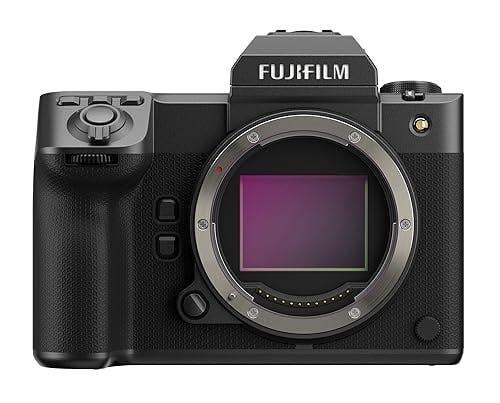
Fujifilm GFX 100 II
The Fujifilm GFX 100 II is the latest camera in the GFX lineup and has an image sensor shift mechanism with 5-axis compensation for up to 8 stops when used with the GF63mmF2.8 R WR lens. This is more than any other camera on the list. The IBIS system also uses image information to detect blur.
View on Amazon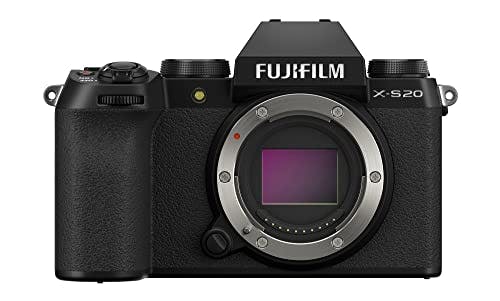
Fujifilm X-S20
The Fujifilm X-S20 is a lightweight powerhouse, weighing just 491g, designed for both photography and videography enthusiasts. Delivering 26.1-megapixel images with Fujifilm’s renowned color science, it boasts a speedy 20fps shooting rate and a new X-Processor 5 imaging engine. The camera features improved 5-axis in-body image stabilization (IBIS) providing up to 7 stops of compensation, plus an extended battery life offering up to 800 frames on a single charge.
View on Amazon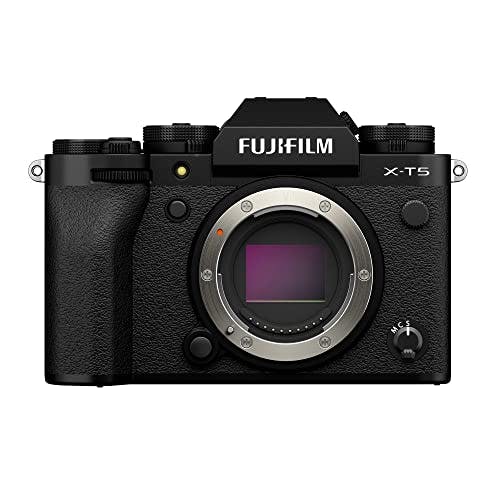
Fujifilm X-T5
The X-T5 camera features an in-body image stabilization (IBIS) system that effectively eliminates camera shake, even in low-light environments. This system functions across five axes to counterbalance any camera motion and offers up to 7 stops of compensation. Moreover, the IBIS system cooperates with the camera’s subject detection autofocus that utilizes advanced deep-learning AI to precisely track various subjects like animals, birds, vehicles, and more.
View on Amazon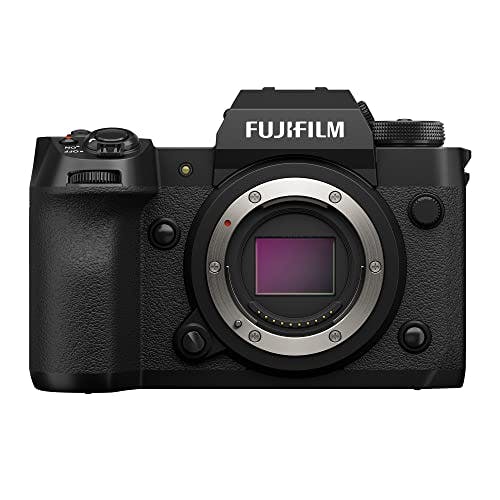
Fujifilm X-H2
The Fujifilm X-H2 camera offers an improved IBIS system compared to it’s predecessor. It has a 5-axis in-body image stabilization system, which includes a sensing control function. It provides up to 7 stops of compensation, which is absolutely incredible.
View on Amazon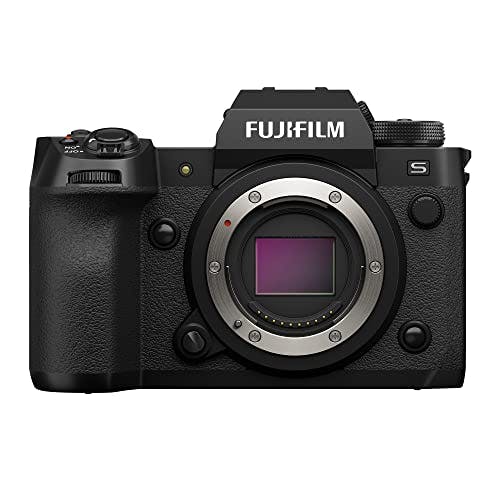
Fujifilm X-H2S
The Fujifilm X-H2S in-body image stabilization (IBIS) has an image sensor shift mechanism with 5-axis compensation rated up to 7 stops of compensation with the XF35mmF1.4 R lens mounted for pitch/yaw shake only. The camera’s in-body image stabilization system presents numerous creative opportunities, significantly enhancing versatility for those shooting handheld.
View on Amazon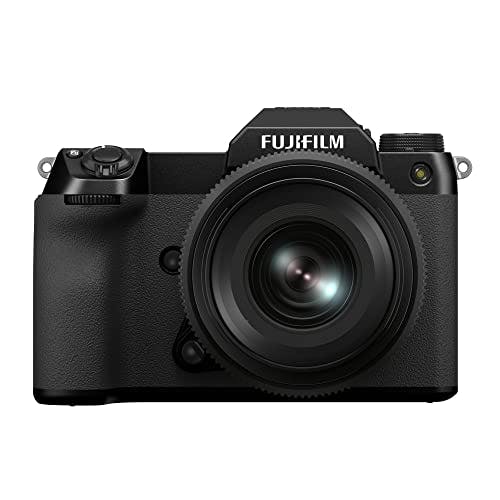
Fujifilm GFX 50S II
The Fujifilm GFX 50S II in-body image stabilization (IBIS) has an image sensor shift mechanism with 5-axis compensation rated up to 6.5 stops of compensation with the GF63mmF2.8 R WR lens mounted for pitch/yaw shake only.
View on Amazon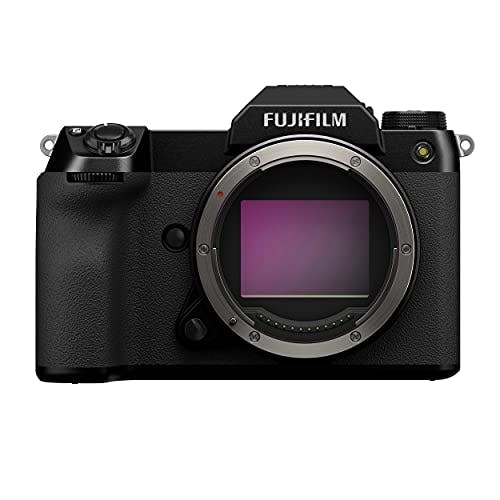
Fujifilm GFX 100S
The Fujifilm GFX 100S in-body image stabilization (IBIS) has an image sensor shift mechanism with 5-axis compensation rated up to 6 stops of compensation with the GF63mmF2.8 R WR lens mounted for pitch/yaw shake only.
View on Amazon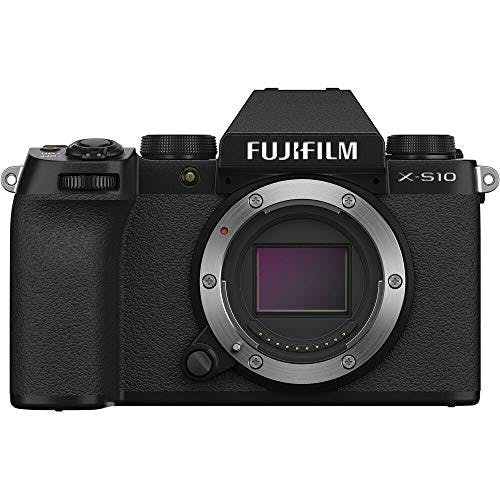
Fujifilm X-S10
The X-S10 camera is designed with a five-axis in-body image stabilization (IBIS) system, providing essential stability for those seeking the perfect shot. This system helps counteract camera shake, particularly important when shooting handheld or in challenging conditions. With up to 5 stops of compensation, the X-S10 ensures your photos remain crisp and your videos steady, regardless of the environment or situation.
View on Amazon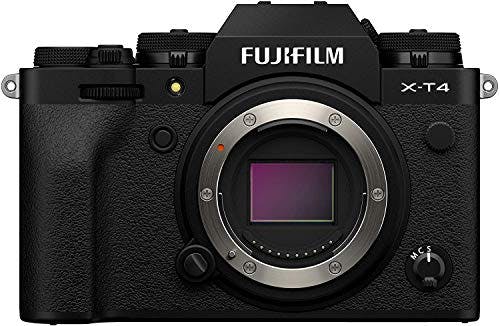
Fujifilm X-T4
The Fujifilm X-T4 camera offers state-of-the-art five-axis in-body image stabilization (IBIS), providing up to 6.5 stops of stabilization. This feature ensures that your photos or videos remain sharp and steady, even in dynamic, action-filled scenes. The camera also includes a new four-axis digital image stabilizer, giving you even more flexibility and stability while capturing images or videos.
View on Amazon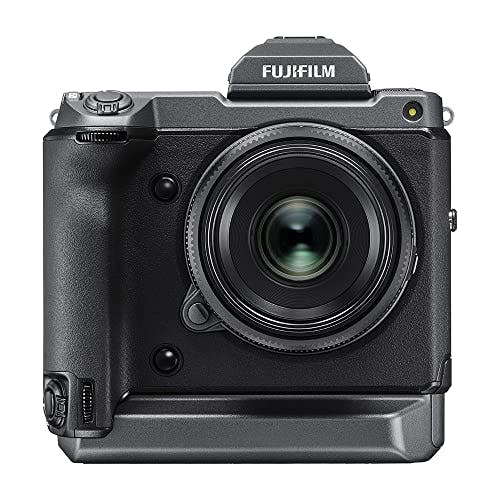
Fujifilm GFX 100
The Fujifilm GFX 100 was one of the first large format cameras to have in-body image stabilization. Its IBIS system relies on an image sensor shift mechanism with 5-axis compensation rated up to 5.5 stops with the GF63mmF2.8 R WR lens mounted for pitch/yaw shake only.
View on Amazon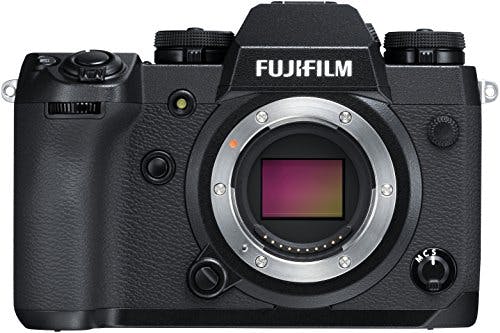
Fujifilm X-H1
The Fujifilm X-H1 was the first X series camera to offer in-body stabilization, despite previous suggestions from the company that it couldn’t be done. The Fujifilm X-H1, when used for still photography in continuous IS mode, provides approximately 3.3-stops of additional stabilization for normal to telephoto lenses, which is lower than many of the more recent Fujifilm models. However, the level of stabilization decreases to about 2-stops when using the current wide-angle lens that was tested.
View on AmazonIBIS vs OIS
In photography, In-Body Image Stabilization (IBIS) and Optical Image Stabilization (OIS) are two key features that combat camera shake. IBIS operates in the camera body and works with any lens, making it versatile but sometimes less effective for long focal lengths. On the other hand, OIS is built into the lens and is generally more effective for telephoto shots, although it limits you to using lenses that have this feature.
Both systems have their pros and cons, and in some cases, they can work together for added stability. IBIS is often preferred for its versatility and video recording capabilities, while OIS is usually more effective for specialized tasks like sports photography. The choice between the two largely depends on your specific photography needs.
To make an informed decision, consider what you’ll be photographing most often and whether you’ll be changing lenses frequently. Neither system is universally superior; the effectiveness of each depends on your use case.
How important is IBIS?
IBIS, or In-Body Image Stabilization, is crucial for achieving sharp, high-quality images, especially in conditions where camera shake is likely. This feature is particularly beneficial when shooting at slow shutter speeds or when using a lens with a long focal length, situations where even minor movements can result in a blurry image.
However, it’s essential to note that IBIS isn’t a one-size-fits-all solution. While it aids in reducing camera shake, it doesn’t compensate for subject movement. For fast action shots or rapidly moving subjects, other settings like a faster shutter speed will be more effective. Additionally, not all Fujifilm cameras come equipped with IBIS, often due to design constraints or to keep the camera body more compact.
If you prioritize portability and mostly shoot in well-lit conditions, you might find a model without IBIS suitable for your needs. Nonetheless, for those looking to maximize versatility and image quality in a variety of scenarios, a camera with IBIS is highly recommended.
Interested in how IBIS is measured? Review the official Camera & Image Products Association (CIPA) website.
